München – Königsplatz
The political center of power between 1933 and 1945 may have been Berlin, but the cradle of the Nazi movement was Munich. It was in Munich that the party was formed (1920) and thrived and it was in Munich that the party had had its political headquarters until 1933 in the Brown House at Königsplatz. After the takeover of power in 1933, Hitler had Königsplatz rebuilt for Nazi purposes. 22,000 granite slabs, one square meter each, adorned the Königsplatz. This was a place where political ceremonies and tributes could be held.
In the eastern part of Königsplatz, Hitler had an honorary temple built where Hitler had the remains of the sixteen people who were killed in the coup attempt in november 1923. These sixteen people were hailed as martyrs and came within the Nazi movement to have an almost quasi-religious status. The glorification of death was an important feature of Nazism, which in its heroic death culture never managed to hail and honor life in the samw e way. The temple of honor consisted of two identical open constructions with eight tombs each placed in an immersion. Each temple was guarded by an SS honorary guard.
Next to each temple were built two major buildings. One was called Führerbau, where Hitler had a study where the Munich agreement was signed in September 1938. The second was called Verwaltungsbau, in which traditional political administrative work was carried out. The Nazi party headquarters, Brown house was located near Führerbau and directly behind the north of the two honorary temples. In a house opposite the Brown house, Hitler’s deputy Rudolf Hess had his office. In another building and near Verwaltungsbau, SS had its national headquarters and near Führerbau, Hitlerjugend had their national headquarters. Other nazi authorities located nearby were the labor front, the audit office, SA national headquarters, the women’s association, the justice authority, the party justice system and the Reich chancellery office.
Current status: Partly preserved/demolished with information boards (2014).
Address: Königsplatz, 80333 München
Get there: Metro to Königsplatz Station.
Follow up in books: Kershaw, Ian: Hitler – A Biography (2008).

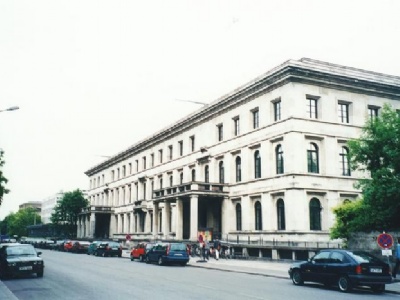
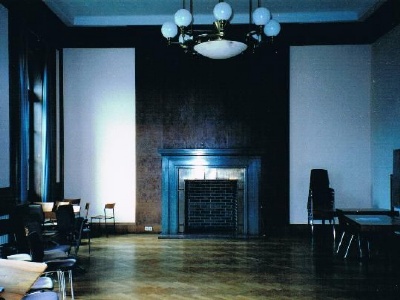

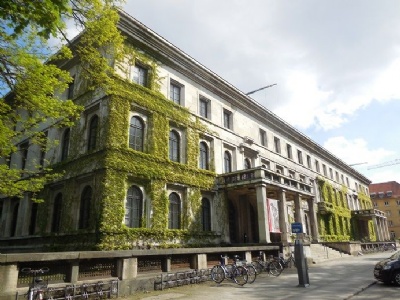

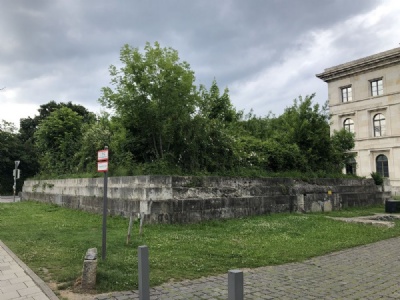
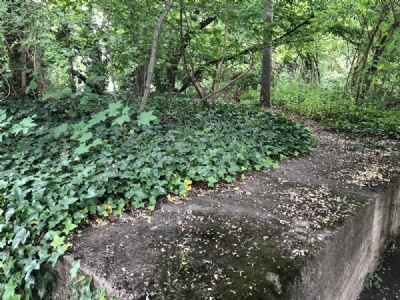

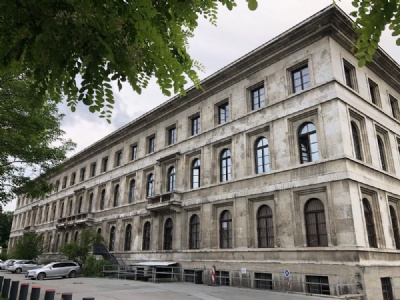
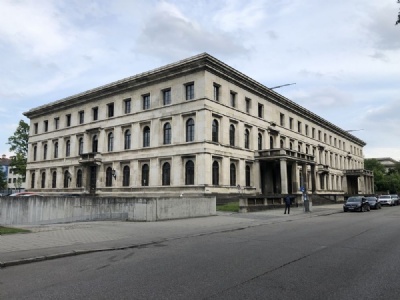
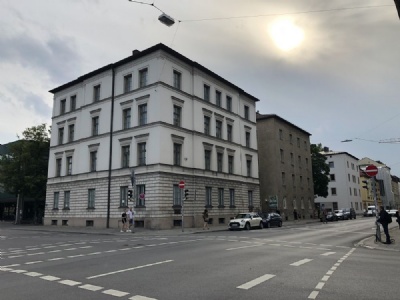

During the war, Königsplatz was heavily bombed. The Brown house was more or less destroyed. Other buildings such as Führerbau, Verwaltungsbau, the temple of honor and SS headquarters eluded damages. But both the Brown House and the temple of honor were demolished after the war because of its strong symbolism to Nazism. The coffins made of zinc were melted down and reused for other purposes. The remains of the sixteen martyrs were returned to relatives or buried in unknown graves. The columns were torn down and the immersion where the coffins stood was filled with earth but the wall that surrounded the temples remains. Dense vegetation creates a biodiversity for various insects and animals in the temple of honor.
In Führerbau there is now a college for music and theatre and Verwaltungsbau houses a museum. At the back of Verwaltungsbau there are clear traces of the war. SS national headquarters also remains, at least most part, as well as some houses that belonged to the national headquarters of the Hitler Youth. However, Hess’s house is long gone and on the site of the Brown house there is since 2015 a museum about Nazi Munich.